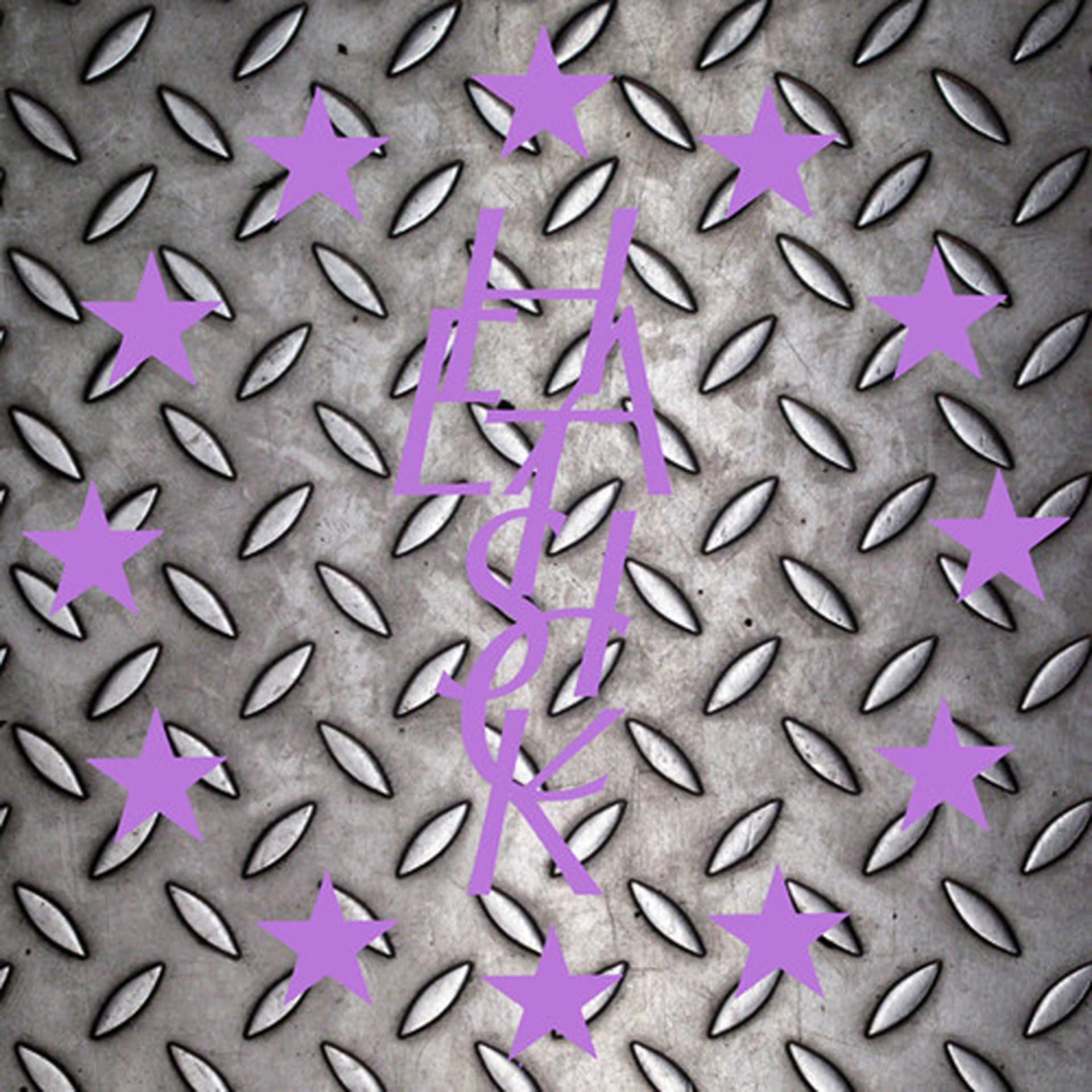
DJ Richard recommends Heatsick’s Re-Engineering
DJ Richard is a producer and DJ currently based Berlin. He is a founding member and co-label head of White Material together with musician and producer Young Male. In the upcoming issue of Electronic Beats Magazine, he expounds on his love of the new album from PAN-signed musician Heatsick. Interview conducted by Louise Brailey.
Steven Warwick was one of the first people I met when I moved to Berlin and over the last year or so, I’ve seen him perform a lot of the tracks on Re-Engineering as part of his “Extended Play” live sets. In that scenario, he’ll manually build tracks over thirty minutes, using a restricted palette made up of his Casio, effects and a loop station. The result is loose but hypnotic, locking you into its groove. One Heatsick performance that particularly sticks in my mind was the PAN showcase at Berghain during the CTM Festival. He closed out the night with a three hour performance in the main space and hearing his sounds on that scale was incredible.
On Re-Engineering, the listener is given a chance to hear Warwick’s ideas manifested in a different way. The versions that appear on the LP are not necessarily condensed, but in a way, re-engineered into forms more befitting of the format of a full-length record. It can be difficult for electronic musicians who are used to releasing singles to translate their ideas into a full-length, but Re-Engineering is extremely cohesive. The A-side builds up a rhythm, with unexpected tones and textures sliding into each other while the B-side coalesces into three or four seemingly club-oriented tracks, some of the most direct “dance” material I’ve heard him produce. The record is bookended with tracks that contain the same spoken word piece; the first time delivered by Berlin-based artist Hanne Lippard and repeated by Steven on the closer. This monologue, or poem, acts as a way for Warwick to introduce many of the concepts behind the record, while at the same time being somewhat obscured by the same sounds that it attempts to contextualize. It contains one particular line that caught my ear: “What we do is secret,” which is the name of the first track on the Germs record GI. Darby Crash, the vocalist of the band, had a strong interest in the notion of circles as a concept for trajectory in relation to artistic practice and the progression of human history, inspired by the writings of Oswald Spengler. The fact that this line is repeated at the beginning and the end of the record acts as a multi-layered reference towards Warwick’s own practices in using loops of sounds in creating this record and as a broader indication of Warwick’s interest in cybernetics.
One thing Steven and I have in common is the alternate trajectory we took towards making dance music. I came up in the Providence, Rhode Island noise scene, while Steven has a similar history with the experimental, noise and drone scenes in London. Moving from that world into more dance-oriented stuff affects how you approach structure. At first, tracks like “Emerge” and “Ápres Moi, Le Déluge!” seem like cool nods back to Chicago jacking house but soon they introduce these bizarro mixes and sounds cementing the notion that this music is anything but nostalgic, or—and I say this with distain towards the label—“outsider house”. Knowing Steven, there’s definitely nothing outsider about his connection with this music. Living in Berlin, it’s not like we’re sitting in our bedrooms trying to replicate some sound that we heard online.
Indeed, the very concept of how ideas transmit through networks of people is at the conceptual heart of Re-Engineering. It’s a subject that makes a lot of sense when talking about Berlin, where there’s a close network of DJs and musicians exchanging thoughts. A group of artists could all go and see a DJ at Panorama Bar and all be inspired in a different way—you can almost feel it happening. Berlin’s also the kind of city where people come and go a lot, creating a constant influx and outflux of information. You can hear this reflected in the record in the way the saxophones on “Mimosa” drift in and out of the mix. Perhaps the most obvious example is on “U1”, which is a field recording taken on the titular train. It features the sounds of a busker singing “Wonderwall”—I heard it and was like, “Oh that guy.” It’s a fascinating move to end the A-side with a field recording taken on a train in motion because you turn the record over and enter a different zone of sound. This captures a sense of hypermodern flux. In his artist statement, Steven talks about the work as a cybernetic poem that explores systems and their parameters. But the way he manifests that big idea in the record is through this very direct snapshot of himself as the artist, traveling through the city on the train. That he is able to communicate these kinds of ideas with such a refined sonic palette and continue to develop his sound within these very fixed parameters is incredible. There are very few musicians that I know of who approach music in a similar way. ~
Heatsick’s RE-ENGINEERING is out now via PAN. This text first appeared first in Electronic Beats Magazine N° 36 (4, 2013). Read the full issue on issuu.com or in the embed below.
Published December 03, 2013. Words by Louise Brailey.
